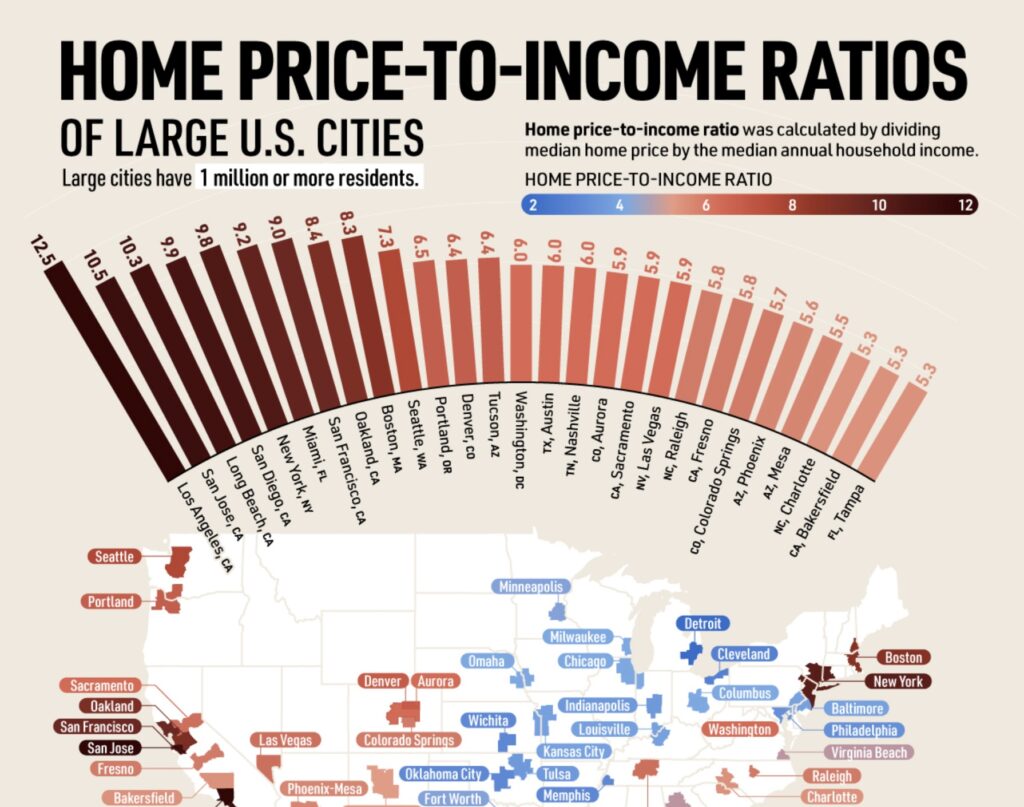From Gothamist:
After years of delay, former Toys ‘R’ Us headquarters in NJ will be turned into housing
Seven years after Toys “R” Us declared bankruptcy, a deal to put a substantial amount of housing on the site of the company’s former New Jersey headquarters is finally moving forward.
Town officials in Wayne Township this week passed an ordinance to rezone the property for residential use. That clears the way for the developer who purchased it from Toys “R” Us in 2019 to redevelop a substantial chunk of the 191 acres of land into 1,360 apartments, more than 200 of which will be affordably priced for low- and middle-income people. The town has a duty to develop about 500 affordable homes under a state mandate, but Wayne officials have waged a protracted battle with the state over how to fulfill this obligation.
The news comes after five years of negotiation between Wayne and the new owner of the land, Point View Wayne Properties, which has been trying to develop the area for years. The real estate development company met resistance from the township officials over its plan to build residential units, and negotiations were only able to move forward after Point View threatened to sue over Wayne’s alleged “intransigent behavior.”
A Passaic County Supreme Court judge on Oct. 1 ordered the township to rezone the property within 30 days so that construction could move forward. Following the 5-2 vote on Tuesday night, Wayne Town Council President Jason DeStefano told Gothamist that adopting the rezoning was the “right thing to do.”
…
Wayne taking five years just to take the initial step of rezoning what’s been a mostly dormant corporate site since the Toys “R” Us bankruptcy shows how some New Jersey towns are scrambling over their state obligation to provide affordable housing.
New Jersey next summer will begin the fourth round of its state-mandated affordable housing development under the Mount Laurel Doctrine, a 40-year-old state Supreme Court decision that says more than 500 towns across the state must contribute their fair share of low-priced housing in a series of time periods known as “rounds.”
To prepare for the next round, which is scheduled to last 10 years, the state is providing towns this month with target numbers for how many affordable units it wants each municipality to develop. Towns like Wayne, one of the largest geographically in the state, could be asked to develop hundreds — or up to 1,000 — more affordable housing units over the next 10 years.
DeStefano confirmed to Gothamist that the hundreds of affordable homes earmarked for the former Toys “R” Us headquarters site would go toward satisfying units the town still owes for the prior Mount Laurel round.



